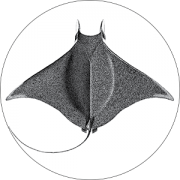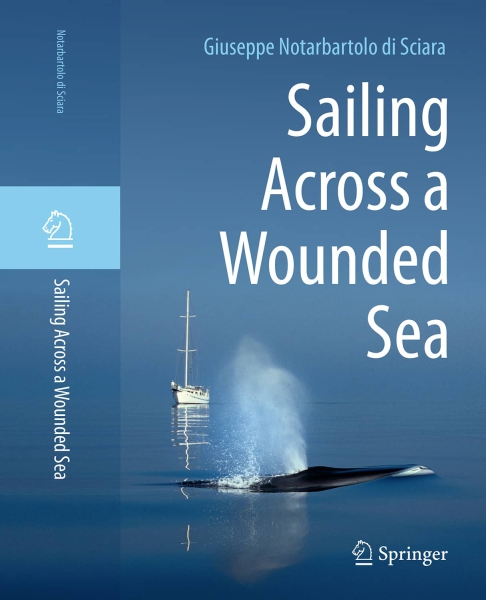Mantas and devil rays – comprised within the genus Mobula – are amongst the most fascinating inhabitants of the world’s oceans. So it is surprising that they are also amongst the least known of all the fishes that inhabit the seas. Mantas attain a gigantic size and were once the subject of superstitious fear simply because of their purported devilish appearance. Only recently these fishes have gained the favour of diving tourists, who enjoy their gentle attitude and the sight of their majestic swimming and demeanour. And yet, knowledge of their family tree was messed up into almost inextricable confusion. Until a few decades ago, nobody was sure of how many species of Mobula existed because, through research spanning over two centuries, ichthyologists the world over had described devil rays with hundreds of different names.
Part of my doctoral work at the Scripps Institution of Oceanography included tidying up this mess. For years I travelled around the world looking up old specimens in the most diverse museum collections, from Harvard to Chennai, from Paris to Cape Town, and from London to San Francisco. In the end, the mountain of names which had been given to species was boiled down to a handful because, too often, the same species had been described over and over again by different people and with different names without worrying too much about whether that species had been described already by someone else.
As it turned out, this painstaking work eventually carried conservation significance because devil rays have become seriously threatened despite their low market value. This is in large part by virtue of the most stupid of reasons: the purported medical properties of the devil rays’ branchial filter plates, which quite recently became fashionable in Chinese “traditional” medicine.
To limit the damage, as of October 2016 all Mobula species were listed by CITES, the Convention on International Trade in Endangered Species, and exporting their gill plates to China is no longer an easy business. The practical advantage of being able to count on a detailed taxonomic knowledge of the various species in this effort is obvious.
In subsequent decades I continued to work at refining my revisionary work of the genus Mobula. This included the re-description of the Short-horned pygmy devil ray Mobula kuhlii in 2017 and of the Long-horned pygmy devil ray Mobula eregoodoo in 2019. In 2020 I was able to rectify the belief that the spinetail devil ray Mobula mobular can reach a gigantic size – which was based on misidentification of the species in the old literature. I am currently involved in an ongoing effort to clarify the taxonomic status of pygmy devil rays in the tropical Atlantic, based on a genetic and morphological comparison of specimens from the Cameroon with specimens from the Gulf of Mexico.





